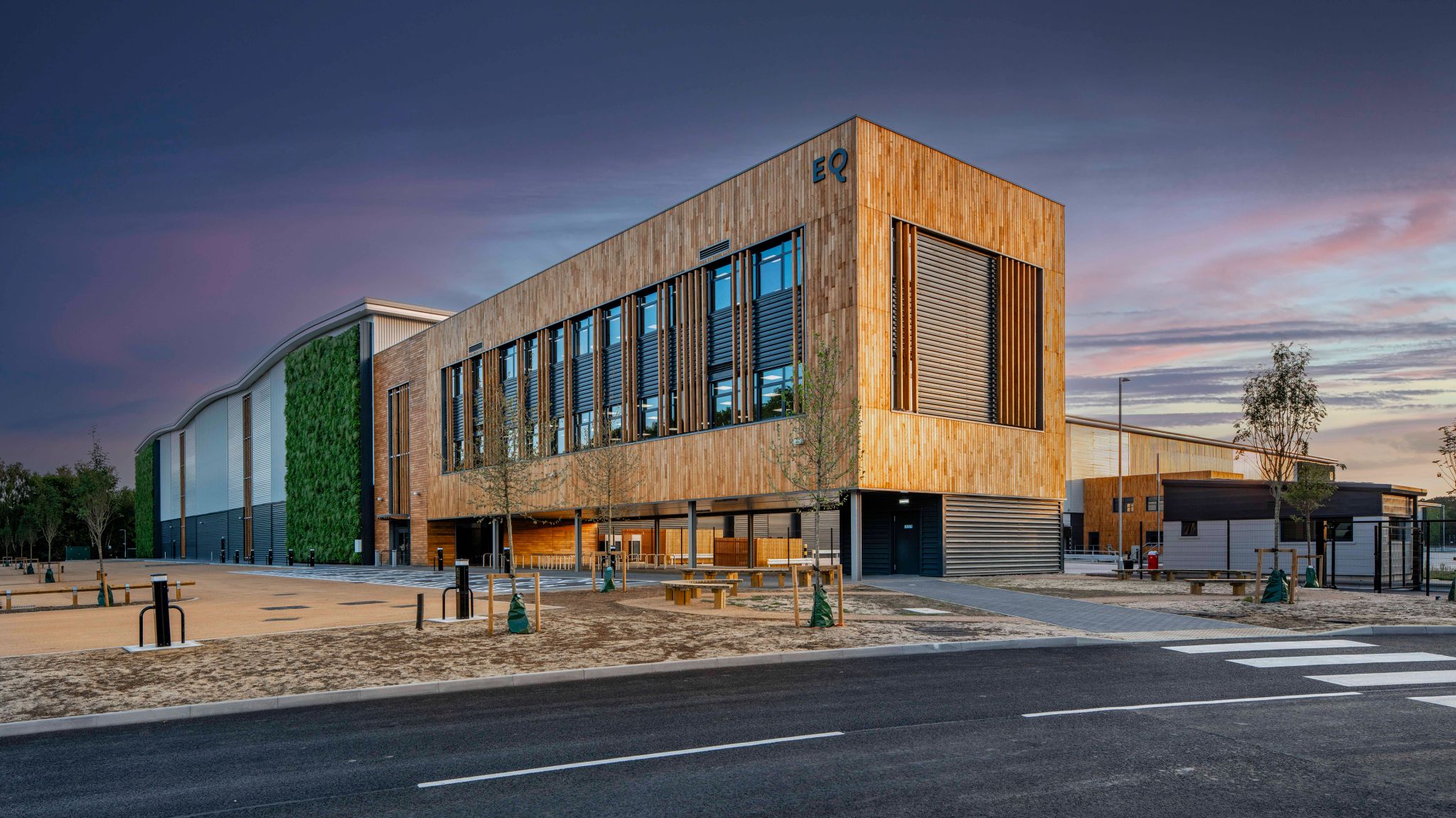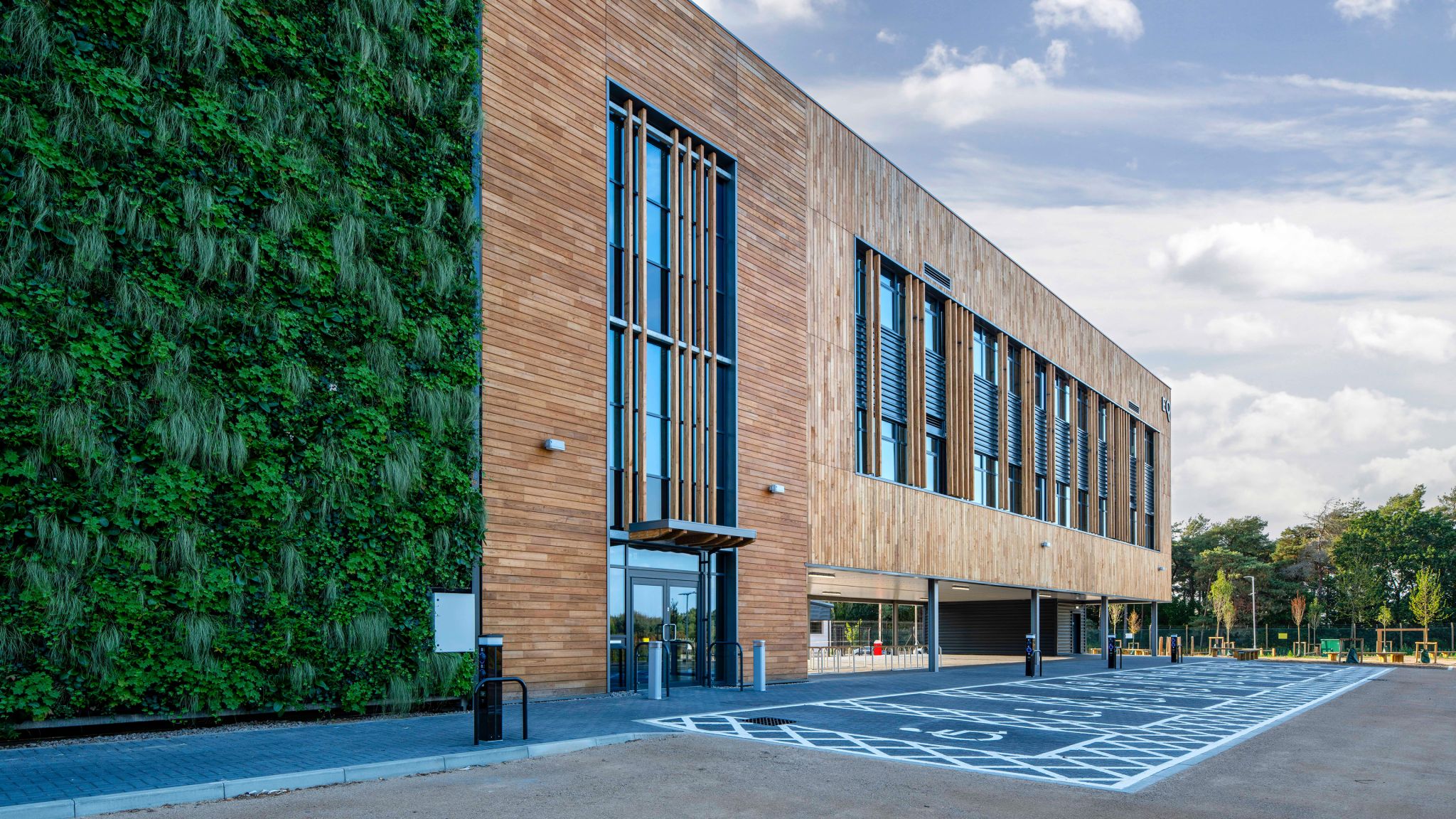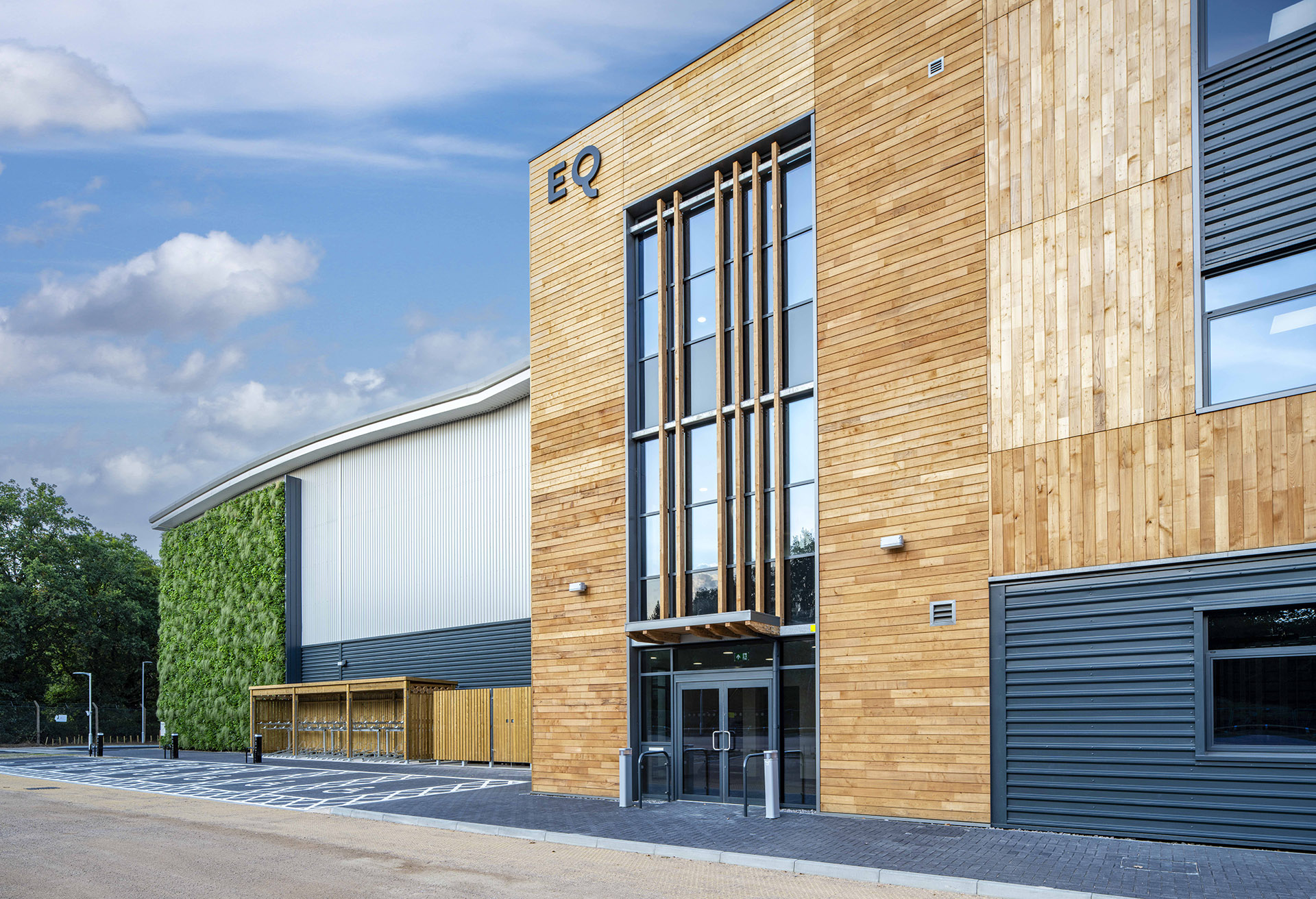When considering and comparing the performance of data produced by a life cycle analysis.
A Life Cycle Analysis should take into account the following modules of a declared Environmental Product Declaration, and adopt a ‘cradle to cradle’ approach in order to encourage the use of recyclable products and ensure materials are returned into the manufacturing process as a circular economy.
Steel faced cladding systems have a design life dependant on a number of factors including the building use, location, weather conditions and the specification of the pre-finished steel product.
Both the CA Twin-Therm® and CA River-Therm® building envelope systems manufactured and supplied by CA Group have been covered by independently assessed Environmental Product Declarations (EPD’s) for more than 10 years.
BREEAM is an environmental assessment method for establishing the theoretical credentials of a building or development, measured by a series of criteria.
.png)









.png)